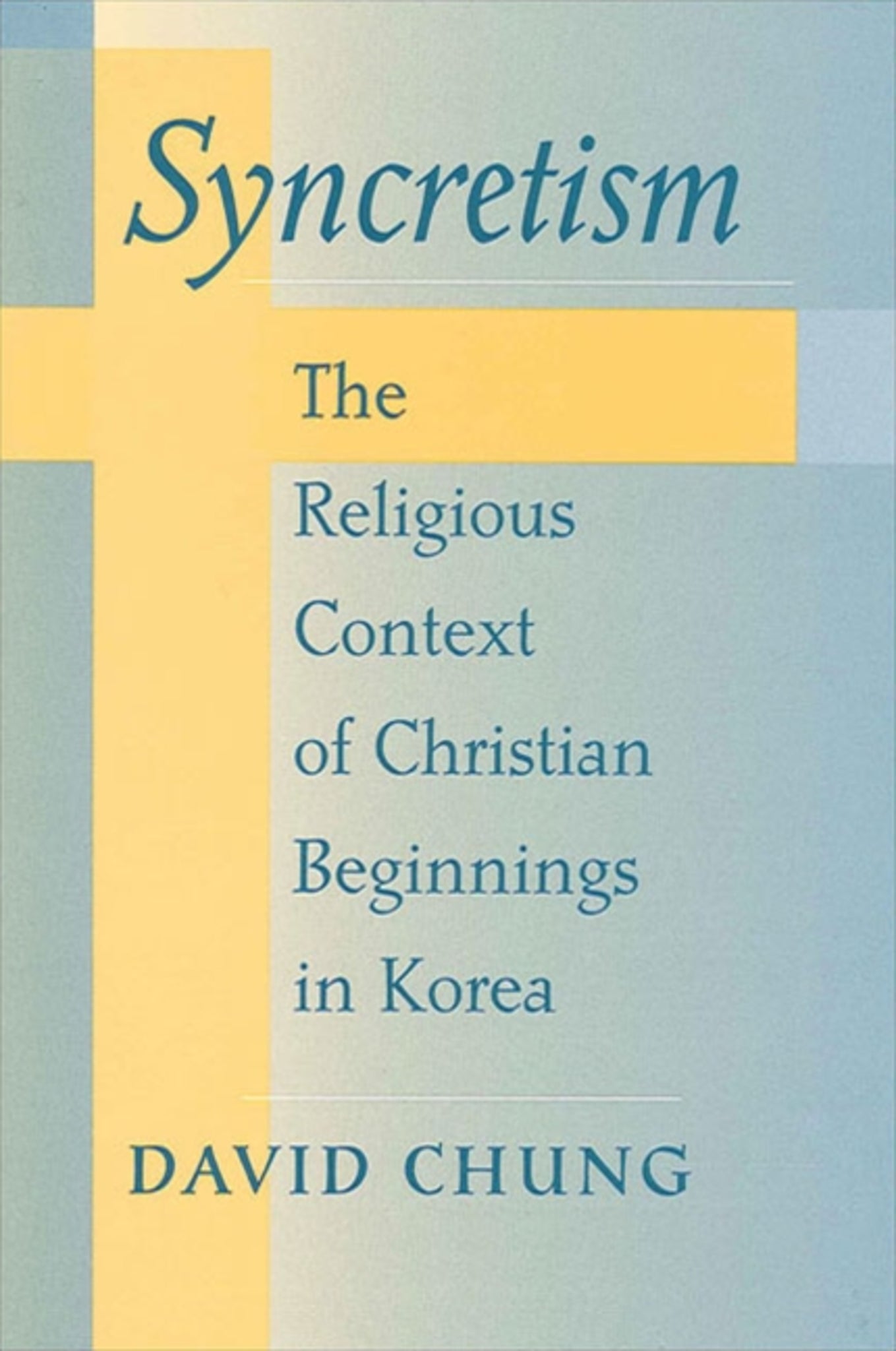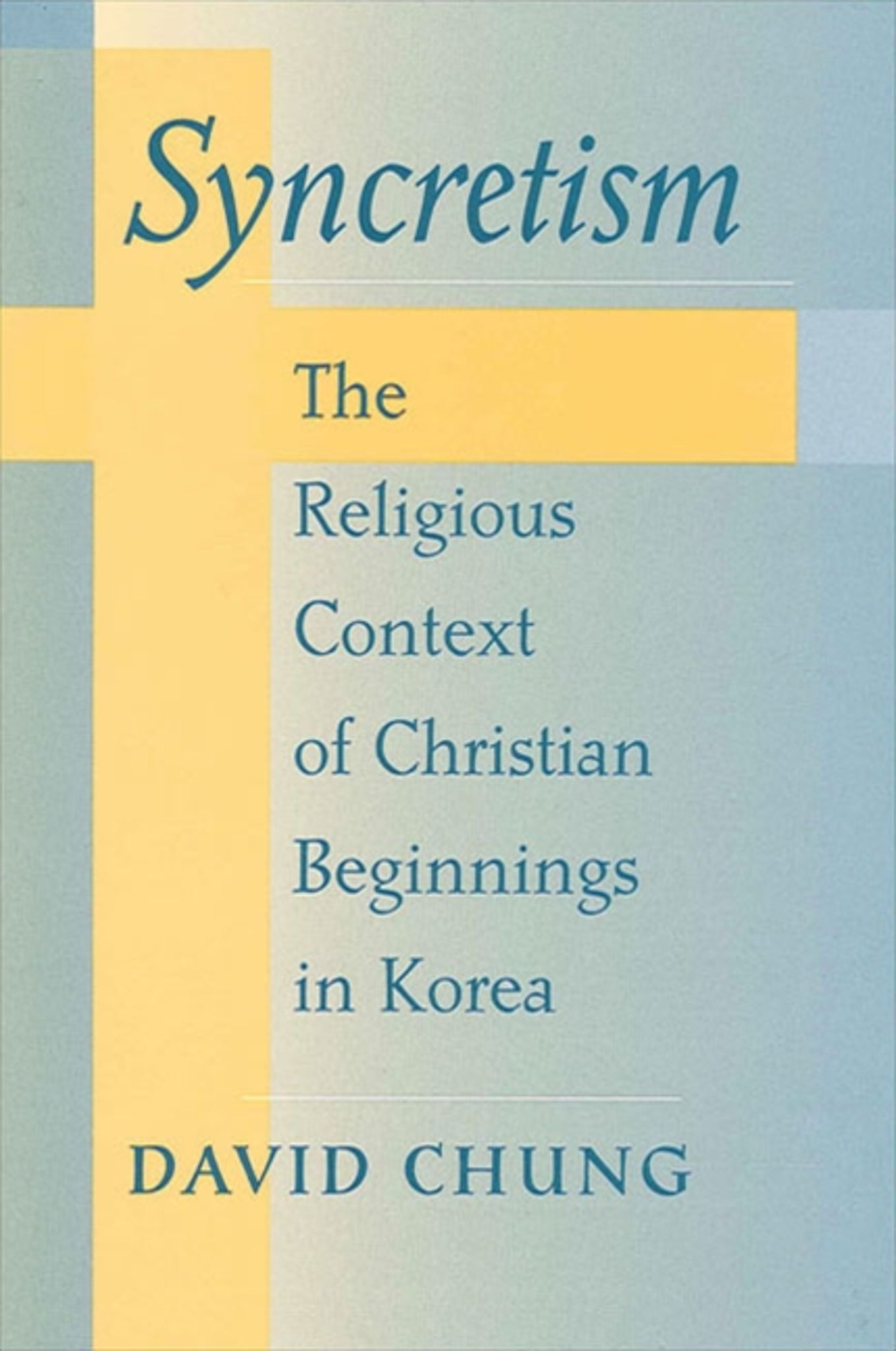We're sorry. An error has occurred
Please cancel or retry.
Syncretism

Some error occured while loading the Quick View. Please close the Quick View and try reloading the page.
Couldn't load pickup availability
- Format:
-
19 April 2001

Argues that a syncretic worldview encouraged the remarkable growth of Christianity in Korea.
This book explains the explosive growth of Christianity since its introduction into Korea in the eighteenth century. In no other Asian country has Christianity taken root so strongly.
Author David Chung argues that it was the syncretic tendency of Korean religious culture that provided the context for the successful acceptance of Christianity. Working from the perspective of comparative religions, he explores how Korean society accommodated and assimilated religions of foreign origin, such as Confucianism, Taoism, Buddhism, and Christianity through crude equation and subtle identification of these religions with Korean indigenous beliefs. Fundamentally shamanistic, Korean society received and grafted these religions onto its own and made a remarkable tapestry of beliefs, rites, and values into a comprehensive pattern. Syncretism finds this "religious tapestry" or internal chemistry working between Korean and Christian worldviews.


"Syncretism is a most important phenomenon in understanding Korean Christianity even today. This book gives us an eye-opening experience." — Chan-Hie Kim, Claremont School of Theology
"Many scholars are asking why Christian churches are so successful in Korea in comparison to other neighboring Asian countries. A significant answer is provided in this book of Syncretism." — Wi Jo Kang, Wilhelm Loehe Professor of World Religions and Mission at Wartburg Theological Seminary, Emeritus
Editor's Introduction
Preface
PART I. THE PROBLEM: THE UNIQUE EVENT
Chapter One: Catholicism: Mirabiliter Ingressi
Chapter Two: Protestantism: A Success
PART II. CONTEXT: THE EVENTFUL AGE
Chapter Three: The Historical Stage
Chapter Four: Social Environment
Chapter Five: Method Employed
PART III. SYNCRETISM: TAPESTRY IN THE EASTERN SCENE
Chapter Six: Concept and Meaning
Chapter Seven: The Eastern Tapestry: The "Three Religions Are One" Principle
PART IV. THE CLUE: DIFFUSION AND CONVERGENCE
Chapter Eight: Confucianism and Christianity: Morphological Analogy
Chapter Nine: Buddhism and Christianity: Paradise in the Great Beyond
Chapter Ten: Taoism and Christianity: Unio Mystic
Chapter Eleven: Christianity and Popular Belief in Korean Society: New Discovery of an Old Faith
Conclusion
Notes
Bibliography
Glossary
Index



